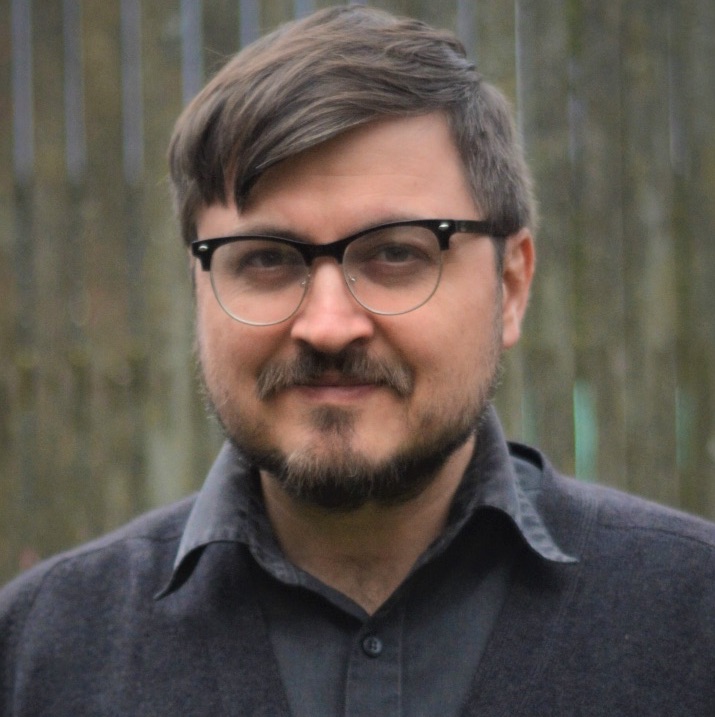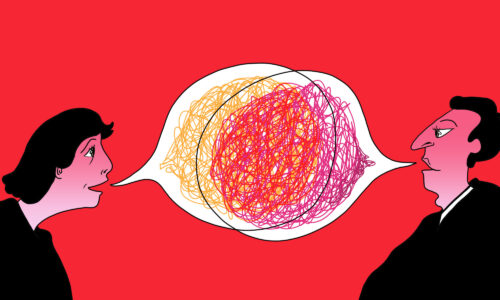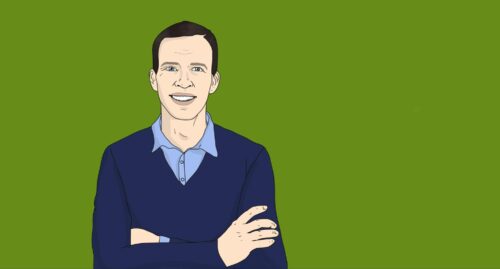Sealed doors and ‘positive energy’: COVID-19 in Xinjiang
Although there have only been several dozen reported cases of COVID-19 in Xinjiang, lockdowns within the region have created widespread forms of stress and panic.
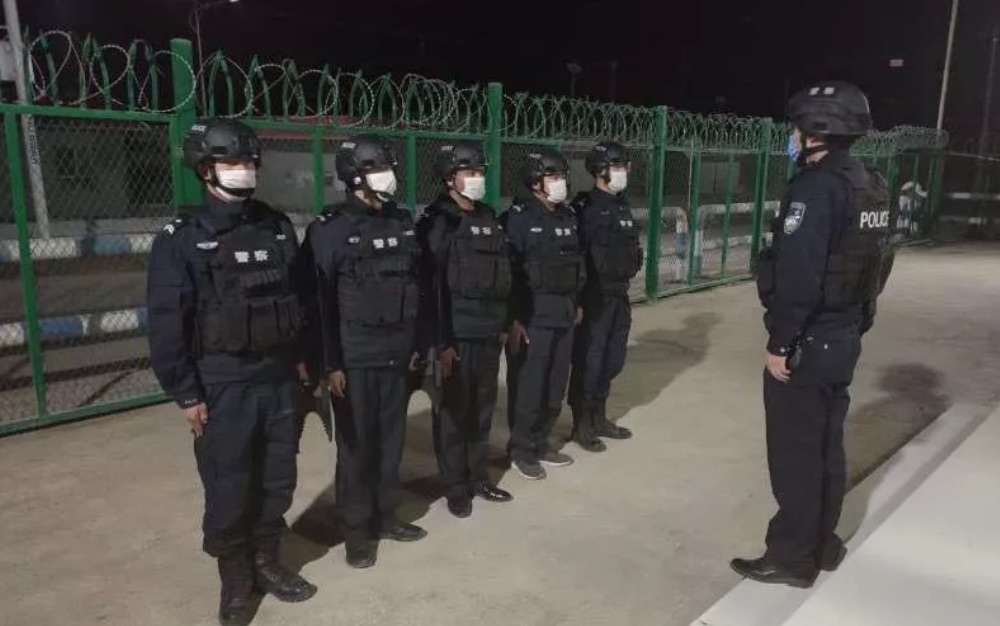

Recently a young Han man from Xinjiang who I will call Wu Yi told me a joke his friends in Ürümchi have been repeating since the end of January:
“When will people in Xinjiang be allowed to go outside? When the last patient in Wuhan is cured.”
Wu Yi and his friends have been grumbling about the way they’re losing money. The addition of checkpoints in 2017 already made it difficult to do business: Wu Yi, who grew up in an affluent family in the city, said his father had to meet business partners from Kazakhstan in places like Shanghai or Beijing. Now even that was impossible.
Since January 27, five days before Huanggang, Hubei Province was locked down, Wu Yi’s family has been permitted to leave their apartments only twice per week. Everything is controlled by the auxiliary police (协警 xiéjǐng) and the neighborhood watch office. “Since there was already such a huge police force in Xinjiang for the ‘terrorism’ problem, it was easy for them to lock all of us up,” he said.
As people around the world gear up to face the acute respiratory illness COVID-19, many Uyghurs and Kazakhs have been expressing a deeper concern about their friends and family in Xinjiang, where information has a difficult time getting in and out. Chinese state media in Xinjiang has consistently misrepresented and concealed the violence that Turkic minorities face, giving people no reason to believe they would tell the truth about the presence and effect of COVID-19 in their communities. As one woman from Xinjiang told me: “I don’t trust the government at all. It is really like the Great Leap Forward, when the government introduced food quotas. This means that poor people in the villages will get resources last.”
“Xinjiang is already on fire,” she said. “All of the police control, ethnic discrimination, and poor infrastructure make Xinjiang more vulnerable. The problem is we are already so vulnerable.”
There are historical precedents for the way minoritized native groups are confronted with disproportionate levels of vulnerability in the face of epidemics. In North America, the Spanish influenza of 1918 devastated Native American communities. Rural poverty, lack of access to medical care, poor nutrition, isolation, and overcrowding were all factors in why mortality rates among the Navajo were up to four times higher than other communities. Those who were held in government-run boarding schools were particularly vulnerable.
Over the past decade, the Chinese state has shown Uyghurs and Kazakhs over and over again that their lives matter the least. It only makes sense that, outside of Hubei, Uyghurs and Kazakhs would be disproportionately affected during this epidemic. Observers are deeply worried that those in detention camps will become easy victims. Total dependency on the state terrifies them. For many I spoke to, in the previous few weeks, the specter of mass death has begun filling their dreams.

According to a directive issued by state authorities in Kashgar on January 26, Xinjiang has mobilized the “million police enter ten million homes” (百万警进千万家 bǎiwàn jǐng jìn qiānwàn jiā) campaign that was used as part of the “becoming family” program. That program used home visits to monitor, assess, and reeducate Uyghurs and Kazakhs throughout the region. In response to COVID-19, local neighborhood watch units were to “organize the auxiliary police to visit each household to ensure its safety, carefully implement grid management and blanket survey measures, and conduct comprehensive investigations of personnel with exposure history in Wuhan” throughout the region.
Human surveillance would be used to establish a database of who has connections to Wuhan. As with the reporting of “ideological viruses” (意识形态病毒 yìshí xíngtài bìngdú) over the past three years, the directive said “it was strictly forbidden to conceal reports” of exposure to COVID-19. Anyone who did so would be dealt with harshly. The internet supervision team would strengthen its online inspections in order to “prevent the spread of unofficial channels of information related to the outbreak.” Under no circumstances were the auxiliary police permitted to share “rumors.” Police officers and other state employees were to work around the clock. According to the directive, they are not permitted to leave their posts except with special permission. Anyone who did not follow the procedures would be detained. As with the “People’s War on Terror,” the new threat of the epidemic required re-emphasis of “strict wartime measures.” Military discipline was to be inspected on a daily basis, meting out both praise and punishment of security workers. At the same time, “ideological work teams” (政工队 zhènggōng duì) would be on the lookout for exceptionally good “volunteers” (志愿军 zhìyuànjūn) and good deeds. As has been their mission since Xi Jinping’s 2015 speech on the role of the arts in promoting “positive energy” (正能量 zhèng néngliàng), the Kashgar COVID-19 directive said these teams were to “vigorously promote ‘positive energy.’”
In fact, the positive energy that is promoted on a daily basis throughout Xinjiang society is precisely the reason why many people rely on “rumors” for a better sense of the truth. Over the years that I lived in Xinjiang, Uyghurs told me over and over again that state media would always report the opposite of what was happening. One friend, a man named Ablikim, told me, “If the government says something positive happened, you know that they are actually trying to cover up something negative.” The overwhelming presence of the police, and the frequency of police brutality, made anything seem possible. What Uyghurs were certain of was that the “positive energy” that state media promoted was often a red herring.
When it comes to COVID-19, Xinjiang ideology work looks different in different places. In some cases, the media highlights Kazakh and Uyghur medical workers who have “volunteered” to go to Wuhan to fight the epidemic. They show how they not only contribute medical care, but also, at the request of political leaders, how they lead quarantined people in Xinjiang-style dances.
Kazakh “volunteers” dance for quarantined COVID-19 patients in Hubei.
More typical reports have highlighted how Uyghurs were forced to show that they cared for the people of Wuhan by sending “donations,” and the dedication and diligence of Han “volunteers.” For instance, one report from the 70th regiment of the People’s Production and Construction Corps near Ghulja, Xinjiang described the way a state worker named Jiang Wanhu committed himself to being on duty full-time. The story of Jiang Wanhu also showed that lockdowns were more severe in certain areas. Unlike Wu Yi’s friends and relatives who were allowed to go out of their housing complex to buy supplies twice per week, Jiang’s story indicates that some residents were not permitted to leave their homes at all. Instead, state workers like Jiang brought them food on a regular basis and took away their garbage.
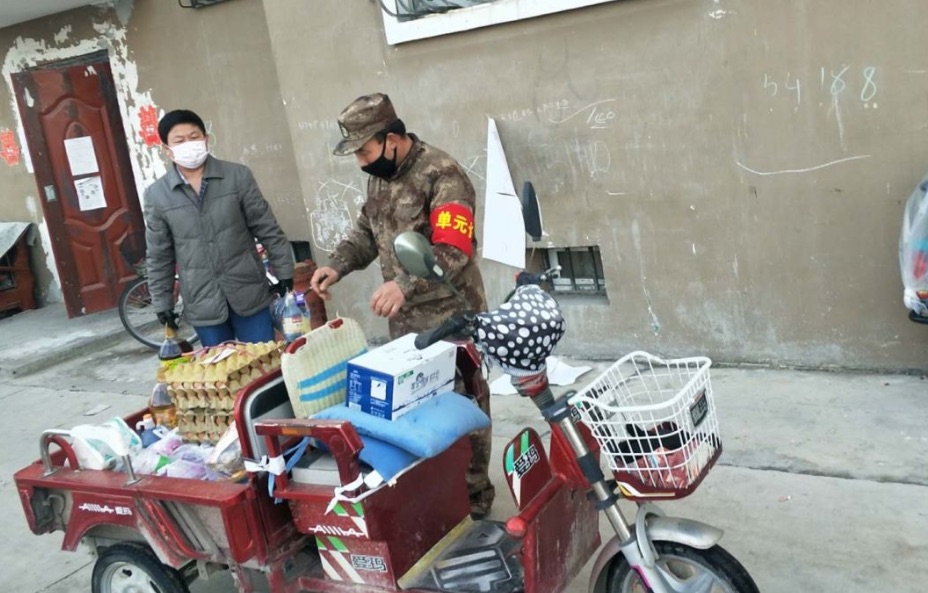
A street view in a Duoyin video from Ghulja near Jiang Wanhu’s jurisdiction on February 10, 2020.
As a new report from the Uyghur Human Rights Project has shown, this form of total lockdown seems more prevalent in Uyghur-majority areas. In one such area, the political work department posted a video of state workers walking down the street telling people not to come outside:
As a young Han high school student who returned to Xinjiang from Shenzhen as part of the Spring Festival holiday wrote in a blog post: “When the new coronavirus raged, I was still in my hometown. Karamay’s neighborhood watch offices were very strict. The volunteers came to deliver food and take away our garbage. A note was posted on the door of each house that said, ‘Have a rest at home, wish you good health.’ Even my friends back in Shenzhen can go downstairs and throw out their trash, I can’t even go out the door here in the Northwest. It was okay at first, after all, it’s chilly outside. But like a dog tied to the house, I started looking for things to do.”
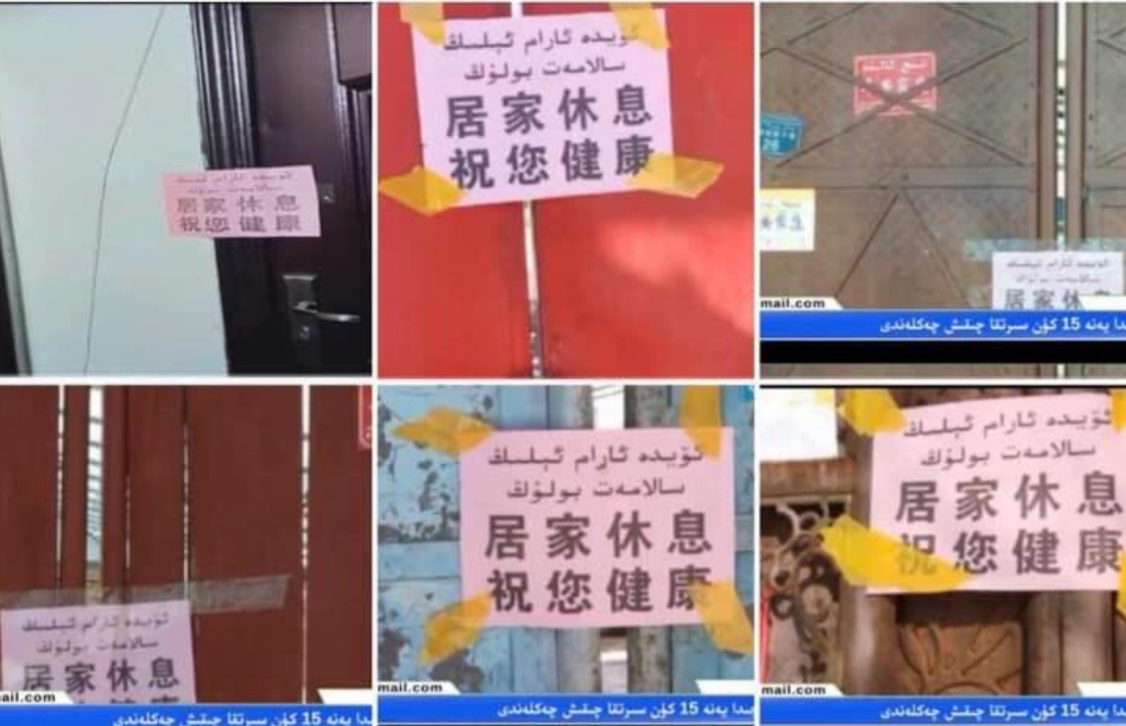
In a number of documented cases, it appears as though these papers were used to seal Uyghurs inside their homes. Opening their door would constitute a violation of the state directive to stay indoors. Allegedly, like many people in Wuhan, many Uyghurs were not able to prepare for the quarantine or to buy supplies, and were thus dependent on the state for food deliveries. In some cases, it appears as though there were long delays in the delivery of food. Two videos from the region show people in states of extreme distress.
A compilation of viral videos about the effects of the COVID-19 lockdown in Xinjiang, edited by the Uyghur Human Rights Project.
In the first of these videos, an older Uyghur man is confronted by a security worker because he is walking outside. He asks the state worker, “Should I take a bite out of a building?” In another video that circulated widely in the Uyghur diaspora, a young Uyghur man screams over and over, “I’M STARVING, I’M STARVING. WHEN WILL THE FOOD COME? MY FAMILY IS STARVING.”
A video of public shaming of Uyghurs who violated directives to stay indoors despite their hunger.
Other political work departments posted videos shaming Uyghurs who left their homes to look for food, making them say things like, “I went out to try to find food, I didn’t find any, I will not do it again.” In a separate video, Uyghurs were forced to hold up signs that said, “I was like a donkey and went outside.” Radio Free Asia reported that, in some cases, Uyghurs were threatened with internment if they ventured outside their homes. They also found further evidence that some Uyghurs were suffering from hunger and were being denied medical treatment during the lockdown. Although only several dozen people in Xinjiang have been infected with COVID-19, with three reported deaths in the region, the lockdown appears to have created widespread forms of stress and panic. It is unclear what the long-term effects will be, for people both in and outside of the camp system.

Over the past two weeks, conditions in Xinjiang have begun to shift. Although many people from the area doubt the accuracy of official numbers, the numbers at least show coronavirus infections decreasing across the country. At the highest point, on February 20, the number of people under official medical observation was 6,279. By February 29, only 3,618 were being held in medical isolation, according to state-reported data.
The state publicity departments throughout the Uyghur region began to post reports of more Uyghur laborers returning to forms of coercive work in factories making masks and producing food — aiding the rest of the country. In some areas, people gave donations as a way of performing their political loyalty and showing their sympathy with people in Wuhan. Then new reports emerged of groups of Uyghur factory workers being assigned to Hubei, the epicenter of the epidemic, to help bring factories back online in the absence of local Han workers. The coercive forms of labor that have sent more than 80,000 Uyghur workers to other parts of China now have a new valence. Not only are they being reeducated through industrial labor for brands like Nike and Gap, it appears they are also filling a key role as workers when Han workers are not willing to work.
Watching all of this unfold has caused a great deal of concern in the global Uyghur and Kazakh communities. It confirms their fears that their friends and family members are being forced to sacrifice their bodies and labor for the nation. Rather than caring for the wellbeing of Uyghurs and Kazakhs themselves, they see their relatives being instrumentalized as a tool to care for Han communities elsewhere and the “positive energy” of the nation as a whole. Although there has not been evidence of the mass deaths they feared, their survival still does not feel fully assured. Many remain unconvinced that the world will ever find out if Uyghurs and Kazakhs did die in significant numbers. COVID-19 makes them worry because they fear that state authorities do not really care if they live or die.
Darren Byler’s Xinjiang Column is published on the first Wednesday of every month. Previously:
The disappearance of Perhat Tursun, one of the Uyghur world’s greatest authors
